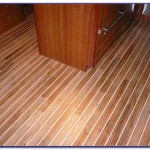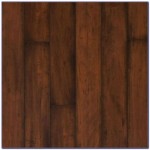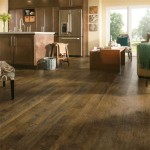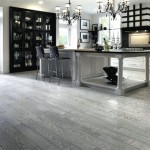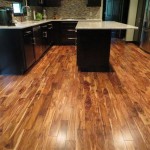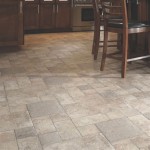Benefits of Laminate Bamboo Flooring in Construction
Bamboo flooring has emerged as a popular choice for homeowners and architects, offering an attractive and sustainable alternative to traditional hardwood flooring. Within the bamboo flooring category, laminate bamboo flooring stands out as a particularly versatile and advantageous option. This article delves into the key benefits of incorporating laminate bamboo flooring into construction projects.
Durability and Resistance
Laminate bamboo flooring is renowned for its exceptional durability and resistance to wear and tear. This is largely attributed to the unique properties of bamboo itself. The dense, fibrous structure of bamboo lends itself to exceptional strength and hardness, outperforming many hardwood species in terms of scratch resistance and dent resistance. The laminate construction further enhances this resilience. A protective wear layer, typically made of melamine or aluminum oxide, is applied to the surface of the laminate, providing a shield against abrasion and scratches. This makes laminate bamboo flooring an excellent choice for high-traffic areas such as hallways, kitchens, and living rooms, where it can withstand the daily wear and tear of foot traffic, furniture movement, and spills.
Sustainability and Environmental Friendliness
Bamboo is a fast-growing and renewable resource, making it an environmentally responsible choice for flooring. Unlike hardwood trees that take decades to mature, bamboo can reach full maturity in just three to five years. This rapid growth cycle allows for sustainable harvesting practices that minimize environmental impact. Furthermore, bamboo is a natural carbon sink, absorbing significant amounts of carbon dioxide from the atmosphere during its growth. The use of bamboo flooring contributes to reducing deforestation and carbon emissions, promoting a more sustainable building industry. Laminate bamboo flooring further bolsters its environmental credentials by utilizing recycled materials in its construction. Many manufacturers incorporate recycled components, such as wood fibers, into the core layer of the laminate, reducing waste and promoting resource conservation.
Aesthetic Appeal and Design Versatility
Laminate bamboo flooring offers a wide range of aesthetic options to complement any design style. Manufacturers utilize innovative techniques to create realistic wood-look finishes, mimicking the appearance of various hardwood species. From warm browns and rich reds to cool grays and natural tans, laminate bamboo flooring provides a variety of color options to match diverse interior design themes. Beyond its wood-look designs, laminate bamboo flooring can also be found in a variety of textures, including smooth, distressed, and hand-scraped finishes, adding further visual appeal and dimensional interest. Its versatility extends to plank sizes and shapes as well, allowing for diverse installation patterns to enhance the visual impact of a space.
Cost-Effectiveness and Value
While laminate bamboo flooring offers premium features, it is generally more affordable than traditional hardwood flooring. Its lower cost is attributed to the rapid growth cycle of bamboo and the efficient manufacturing process employed for laminate construction. This affordability makes it a popular choice for budget-conscious homeowners and builders. Furthermore, laminate bamboo flooring provides a good return on investment, adding value to a home and increasing its resale appeal. Its durability and longevity ensure that the flooring will last for years, minimizing the need for costly replacements and maintenance.
Easy Installation and Maintenance
Laminate bamboo flooring is known for its user-friendly installation process, making it a popular choice for DIY projects. The click-lock system, commonly found in laminate flooring, allows for simple and secure installation without the need for specialized tools or expertise. This ease of installation significantly reduces labor costs and time, making it a more cost-effective option compared to traditional hardwoods. Once installed, laminate bamboo flooring requires minimal upkeep. Its durable surface resists staining and scratches, making it easy to clean with a damp mop or vacuum cleaner. Regular sweeping or vacuuming is sufficient to maintain its pristine appearance.
In conclusion, laminate bamboo flooring boasts a compelling array of benefits, making it an attractive choice for a wide range of construction projects. Its durability, sustainability, aesthetic appeal, cost-effectiveness, and ease of installation make it a viable and responsible alternative to traditional hardwood flooring.

Benefits Of Bamboo Flooring Lamiwood Designer Floors

Advantages And Disadvantages Of Engineered Bamboo Flooring

Bamboo Flooring Constructions Explained The Company

The Pros Cons Of Bamboo Flooring Plus It S History

5 Benefits Of Bamboo Flooring Home

Bamboo Flooring Vs Laminate Is Eco Friendly Environmental

Bamboo Flooring Benefits Types And Installation Guide

The Pros And Cons Of Bamboo Flooring
Bamboo Flooring Pros Cons And More

Advantages And Disadvantages Of Bamboo Flooring Installation
Related Posts

